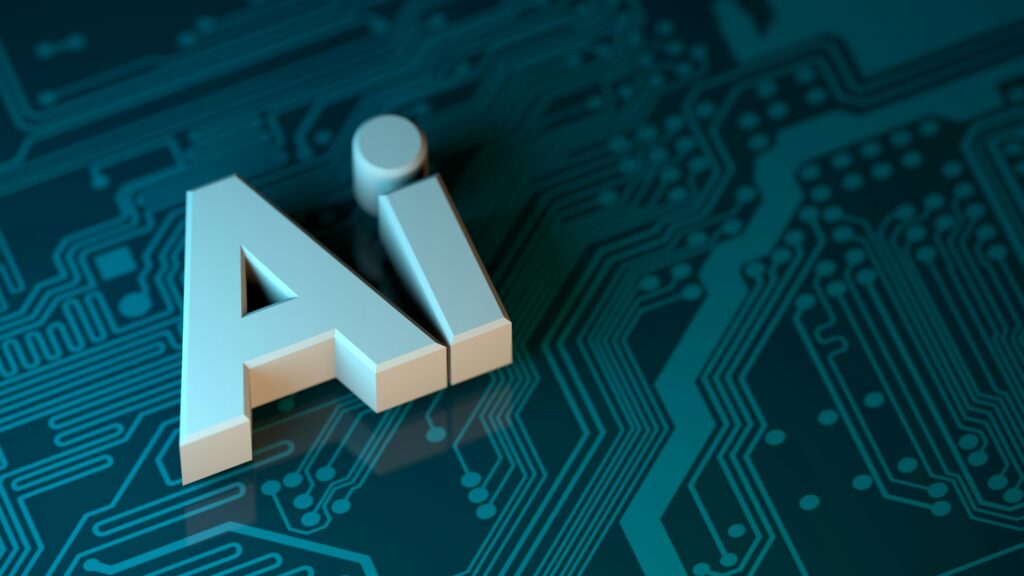The year 2023-2024 has marked a pivotal acceleration in the integration of AI into software development workflows. Tools like GitHub Copilot X, an evolution of the popular AI pair programmer, have demonstrated remarkable capabilities, moving beyond simple code suggestions to generating entire functions, debugging complex issues, and even writing documentation based on natural language prompts. Similarly, AWS CodeWhisperer, designed to boost developer productivity, now supports various programming languages and IDEs, offering real-time recommendations. This widespread adoption signals a clear industry trend: AI is becoming an indispensable partner in the development lifecycle, significantly altering traditional coding practices and accelerating project timelines.
The Data Behind AI’s Productivity Surge
Recent studies underscore the tangible benefits of AI in this domain. A report by GitHub in 2023 indicated that developers using Copilot completed tasks 55% faster than those who didn’t. Furthermore, an internal Microsoft study found that using AI coding assistants reduced the time spent on repetitive tasks by up to 28%. These figures highlight not just a marginal improvement but a substantial leap in efficiency, allowing developers to allocate more time to complex problem-solving and innovative design. The data suggests that AI isn’t just a novelty; it’s a proven catalyst for heightened productivity and streamlined software delivery. For a deeper dive into these statistics, refer to the GitHub Copilot X announcement.
Industry-Wide Impact and Evolving Developer Roles
The implications of AI integration extend far beyond individual developer efficiency. For industries, it translates into faster market entry for new applications, reduced development costs, and enhanced software quality. Startups can now iterate more rapidly, while established enterprises can modernize legacy systems with greater agility. However, this shift also brings new challenges. The role of the developer is evolving from purely coding to more strategic roles focusing on AI prompt engineering, architectural design, and ensuring the ethical deployment of AI-generated code. This necessitates a proactive approach to reskilling and upskilling the existing workforce to harness the full potential of these transformative tools.
Expert Predictions: The Future of AI in Software
Experts predict a future where AI will not only assist in coding but also autonomously manage entire development pipelines, from requirement gathering to deployment and maintenance. “We’re moving towards a future where AI will abstract away much of the mundane coding, freeing developers to focus on higher-level design, innovation, and understanding user needs,” states Dr. Anya Sharma, a lead researcher in AI at a prominent tech think tank. This vision includes AI-powered testing frameworks that identify bugs before they even emerge, and self-healing applications that can adapt to new environments or issues without human intervention. The critical challenge, however, will be maintaining human oversight, ethical guidelines, and ensuring the security of AI-generated code, as discussed in our previous article on Navigating the Ethical Dilemmas of AI. The symbiotic relationship between human developers and AI is set to become the standard, demanding a blend of technical prowess and critical thinking.
The continuous evolution of AI, particularly in areas like multimodal AI and specialized LLMs, promises to further refine these development tools. Imagine AI that can understand design mockups and translate them directly into production-ready code, or AI that can optimize existing codebases for efficiency and security with minimal human input. This ongoing revolution will not only streamline the creation of new software but also democratize access to powerful development capabilities, enabling more individuals and organizations to build innovative digital solutions. As these technologies mature, their integration will become seamless, making AI an invisible yet omnipresent force driving the next generation of applications.

